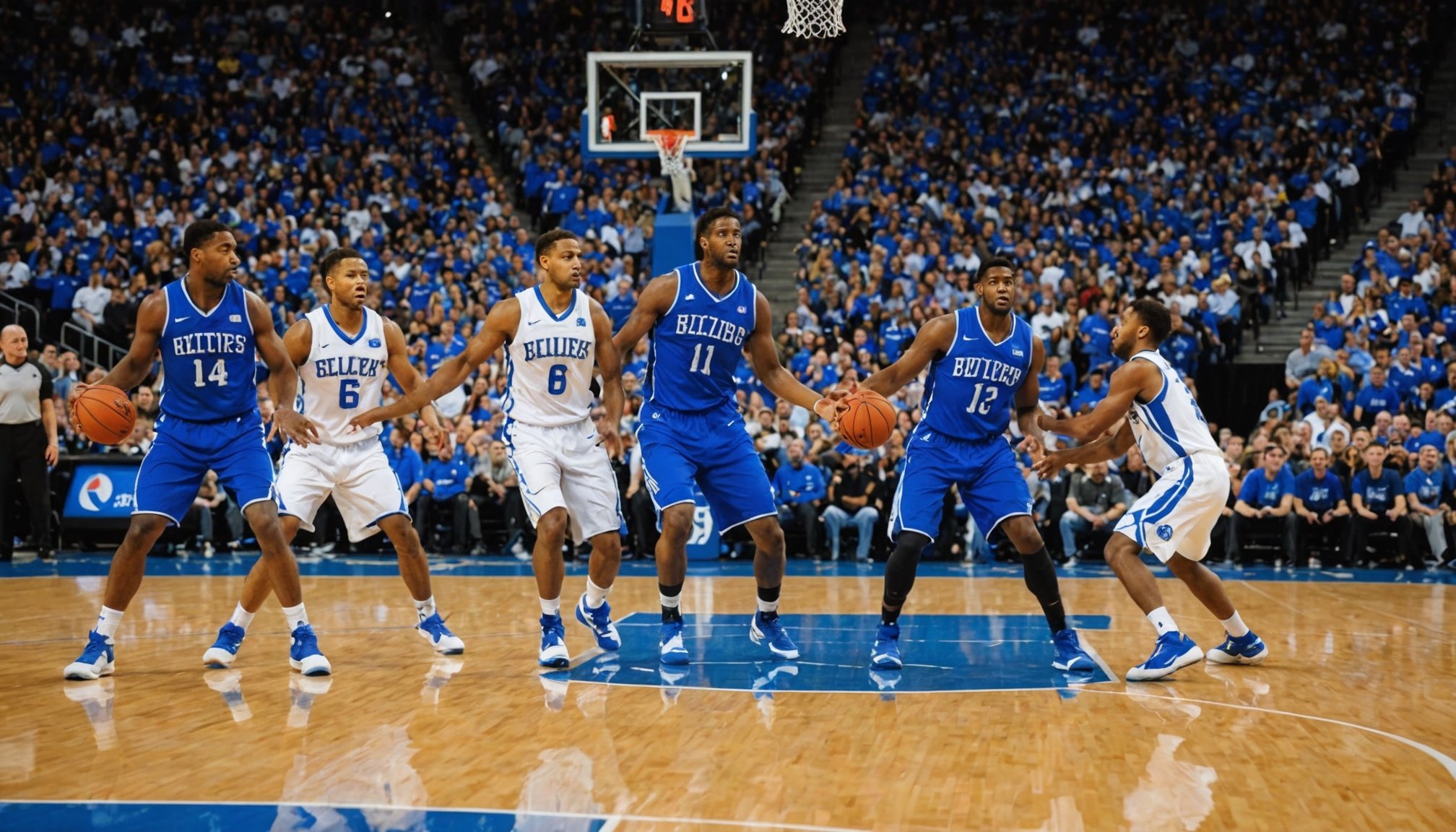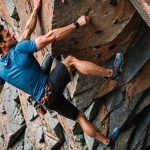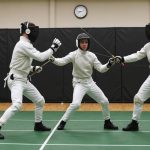Importance of Rebounding Skills for Basketball Centers
In basketball, rebounding skills are crucial as they often determine the outcome of a game. For centers, who are typically among the tallest players, their ability to grab both offensive and defensive rebounds can significantly influence the team’s success. A strong rebound can trigger a powerful offense, giving a team extra opportunities to score. On the defensive side, securing a rebound can thwart the opponent’s scoring chances, shifting momentum in favour of your team.
Basketball centers have a pivotal role in rebounding due to their proximity to the basket, imposing height, and physical presence. They must effectively position themselves to snatch rebounds by reading the trajectory of the ball and boxing out opponents. This strategic play doesn’t just prevent opponents from scoring but also allows for creating scoring opportunities through fast breaks.
In parallel : Elevating game readiness: creative drill development strategies for uk basketball coaches facing high-pressure situations
In the context of UK basketball, mastering these rebounding skills is imperative for centers aspiring to enhance their performance. Having robust rebounding skills fortifies both the team’s defense and offensive strategies. It establishes an unyielding court presence, contributing to the team’s overall dominance. This prowess not only ensures a balanced game but also instils confidence in teammates, proving how essential rebounding is to win high-stakes matches.
Importance of Rebounding Skills for Basketball Centers
Developing strong rebounding skills is pivotal for basketball centers aiming to excel in UK basketball. Rebounding plays an essential role in both offensive and defensive phases of the game. The ability to execute an adept rebound not only secures additional scoring opportunities but also strengthens the team’s defense by preventing opponents from converting their shots into points.
Also to read : Unleash your potential: the uk basketball player”s ultimate guide to mastering plyometric power
Centers, owing to their physical attributes and strategic positioning, are tasked with dominating the rebounding action. Their performance directly influences the team’s effectiveness on the court. To harness rebounding prowess, centers must focus on reading the ball’s trajectory and positioning themselves optimally.
Here are three key points to emphasize:
-
Heightened Court Awareness: Rebounders must anticipate the ball’s movement, relying on their understanding of player positions and shot angles.
-
Physicality and Timing: Implementing effective techniques like boxing out opponents enhances their capacity to secure rebounds under pressure.
-
Team Dynamics: Centers should act as leaders, driving their team to capitalize on rebounds by initiating fast breaks and controlling the game’s tempo.
Mastering these aspects ensures that centers are not only effective in their role but also pivotal in their team’s success in high-stakes games.
Overview of Effective Rebounding Drills
Developing rebounding skills is pivotal for basketball players seeking to enhance their performance, especially for those holding the center position. Effective rebounding drills embody characteristics that are indispensable for player growth and skill improvement. These drills are designed to emphasize proper technique, ensuring players use correct methods to grab rebounds effectively. For centers, it is vital that drills accommodate their unique role on the court, simulating in-game conditions that demand quick decision-making and superior reflexes.
Consistency in practice is a keystone in mastering rebounding skills. A regimented training schedule ensures that players continually hone their abilities, thus fostering improvement. Drills may focus on various aspects, such as anticipating ball trajectory, refining positioning, and enhancing physicality during rebounds. Centers benefit from drills tailored to their strengths and areas for growth, addressing specific scenarios they face in games.
Regular, deliberate practice allows players to transform foundational rebounding techniques into second nature. This integration of these drills into a player’s routine not only refines individual talent but also contributes to overall team dynamics. Therefore, committing to well-structured, effective rebounding drills is imperative for both personal and team success in basketball.
Top Rebounding Drills for UK Basketball Centers
For UK basketball centers, engaging in specific rebounding drills is essential for performance enhancement. These drills focus on heightening a player’s ability and reaction time in real-game situations.
Drill 1: Box Out Technique
The Box Out Technique is vital for managing space around the basket. The drill involves:
- Position the body between the opponent and the basket.
- Bend your knees slightly for a stable stance.
- Use your hips and arms to shield the opponent.
Incorporating this drill strengthens defensive control by preventing opponents from grabbing the rebound, hence securing your team’s possession.
Drill 2: Timed Jumping Rebounds
To enhance timing and agility, Timed Jumping Rebounds involve:
- Setting a timer for short intervals.
- Practicing jumps with a focus on timing when the ball hits the rim.
- Aim for the highest point of jump for optimal rebounding.
This drill sharpens timing, ensuring players can effectively reach rebounds before opponents.
Drill 3: Chaos Rebound Drill
The Chaos Rebound Drill creates unpredictable rebounds:
- Players circle the basket.
- Coach randomly throws the ball against the backboard.
- Players react swiftly to secure the rebound.
This adds unpredictability, mimicking in-game chaos and enhancing response strategies. By regularly integrating these drills, centers can substantially boost their rebounding capability.
Enhancing Technique and Avoiding Common Mistakes
Developing proper technique in rebounding is crucial for basketball players, especially centers. Key techniques focus on ensuring optimal skill improvement while minimizing errors. Centers must master the art of positioning, using their height and reach to advantageously secure rebounds. Proper stance involves maintaining balance, with knees slightly bent, to react quickly to the ball’s direction.
Avoiding common mistakes is vital for effective execution. One frequent error is neglecting to box out opponents, which can lead to missed opportunities. Additionally, misjudging the ball’s trajectory often results from focusing solely on the player rather than the ball, undermining the chances of a successful rebound.
When fine-tuning techniques, attention to shooting form is equally important. Centers should aim for consistency in their jump shots and develop familiarity with the ball’s response on the rim. Proper foot placement and follow-through also support effective rebounding.
Tips for achieving excellence include practicing drills that mimic actual game conditions to enhance muscle memory and reflexes. Consistent feedback from coaches or teammates can guide adjustments and ensure improvements. By focusing on these aspects, basketball centers can enhance their rebounding prowess, contributing significantly to their team’s success.
Integrating Drills into Team Practice Sessions
Integrating drills into team practice is crucial for maximizing the effectiveness of rebounding skills in basketball. When collaboratively conducted, drills not only enhance individual abilities but also boost overall team dynamics. Ensuring that each player understands their role and contribution during rebounding exercises is essential for team cohesion.
To successfully integrate rebounding drills, coaches should develop training sessions that blend individual skill-building with teamwork exercises. Strategies might include setting specific goals for each practice, such as increasing the number of successful rebounds per game. Teams can be divided into smaller groups to focus intensively on specific rebounding drills, creating competitive yet supportive practice environments.
Effective practice sessions should emphasize the importance of communication and team dynamics. Players must learn to coordinate their movements, judge when to pass or shoot based on their rebounding opportunities, and how to support each other in defensive plays. Encouraging teamwork in this manner not only hones individual skills but also strengthens the team’s strategy during actual games.
To maximize the efficiency of these practices, it’s beneficial to incorporate regular feedback sessions. Coaches can review performance data, highlighting strengths and areas for improvement, ensuring that each player continually refines their rebounding technique and adapts to the team’s evolving needs.
Utilizing Visual Aids for Better Understanding
Incorporating visual aids can significantly enhance a basketball center’s ability to learn and master advanced rebounding techniques. Visual tools like instructional videos provide a dynamic way to understand drills, offering step-by-step guidance that can be much more engaging than traditional methods.
Videos showcasing basketball drills allow players to see techniques in action, understand the nuances of movement, and catch any subtleties that might be missed in written descriptions. These resources can be particularly beneficial for those seeking to refine their rebounding skills by visually understanding positioning, timing, and physical movements involved in securing a rebound.
Moreover, diagrams serve as another practical form of learning aid, especially when explaining complex concepts like defensive formations or player mechanics. Diagrams can break down a play or technique into clear stages, helping centers visualize their position relative to the basket and other players.
Utilizing these learning tools ensures players are well-equipped with the knowledge and ability to execute rebounding techniques effectively. They foster a deeper understanding of the sport, contributing to comprehensive skill development and practical application in game scenarios. By engaging with such aids, players can bridge the gap between theory and practice, optimizing their overall performance on the court.











